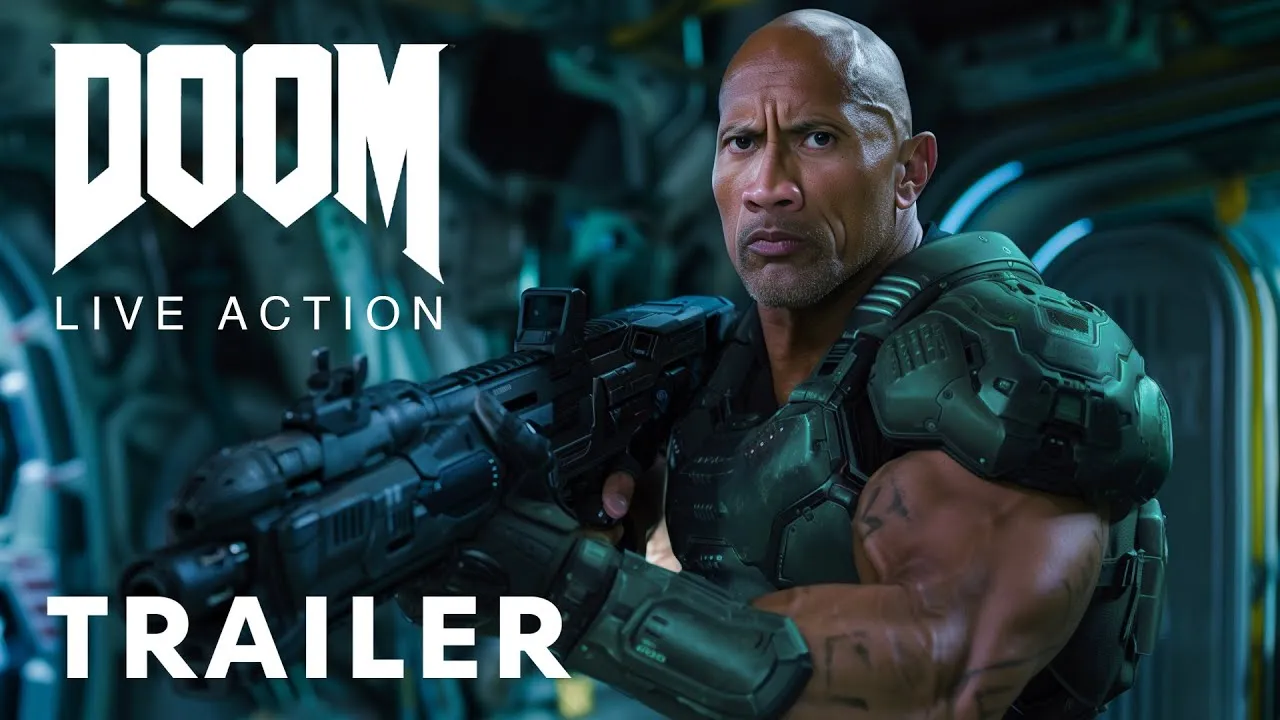Come Out Fighting (2023): A Tribute to Valor in the Shadows of World War II
Come Out Fighting (2023), directed by Steven Luke, is a gritty and emotional World War II action-drama that shines a spotlight on the bravery of the all-Black 761st Tank Battalion—known as the “Black Panthers.” Inspired by real events, the film blends intense battlefield action with themes of racial injustice, sacrifice, and brotherhood, offering a story that is both thrilling and historically significant.
Set in the waning months of World War II, the plot centers on a mission gone awry behind enemy lines. After an American fighter pilot is shot down over Nazi-controlled territory, a small reconnaissance unit of African American soldiers is sent in to retrieve him. What starts as a standard rescue mission quickly spirals into a brutal survival scenario as the team is ambushed and forced to fight for their lives. With limited supplies, no communication, and surrounded by the enemy, the soldiers must rely on each other and their training to make it out alive.

The title Come Out Fighting is more than just a call to arms—it reflects the psychological and social battle these men faced not only against the Axis powers but also within their own ranks and country. Despite their heroism, Black soldiers in World War II often fought in segregated units and returned home to a nation that still denied them basic rights. This duality of patriotism and injustice sits at the emotional core of the film.
Michael Jai White leads the cast with his signature physicality and presence, portraying Sergeant Frank Ross, a hardened and resilient leader who must keep his team together under extreme pressure. His performance brings a quiet strength and humanity to the role, reflecting the internal and external battles his character endures. The supporting cast—comprising lesser-known but capable actors—helps deliver a grounded and personal portrayal of wartime brotherhood, with each character given enough depth to feel real.

Visually, Come Out Fighting is raw and unpolished in the best way. It trades CGI spectacle for practical effects and tight, claustrophobic action sequences that immerse the viewer in the soldiers’ perspective. The cinematography favors muddy battlefields, cold forests, and close-quarters tension over grand set pieces, giving the film an intimate feel. The minimalistic approach reinforces the hopelessness and desperation of war while highlighting the individual efforts of the characters.
While the film doesn’t reinvent the war genre, it brings necessary attention to a part of history often overlooked. The story of the 761st Battalion is long overdue for recognition on the big screen, and Come Out Fighting serves as a heartfelt homage to their courage. It explores not only their physical endurance but the emotional weight of fighting for a country that had yet to fully accept them.
In conclusion, Come Out Fighting is a modest yet meaningful film that combines action with historical reflection. It delivers powerful messages about race, loyalty, and what it truly means to be a hero. Though smaller in scale than typical war epics, its heart and purpose resonate loudly—reminding viewers that sometimes, the most heroic battles are fought far from the spotlight.

-1752118817-q80.webp)

